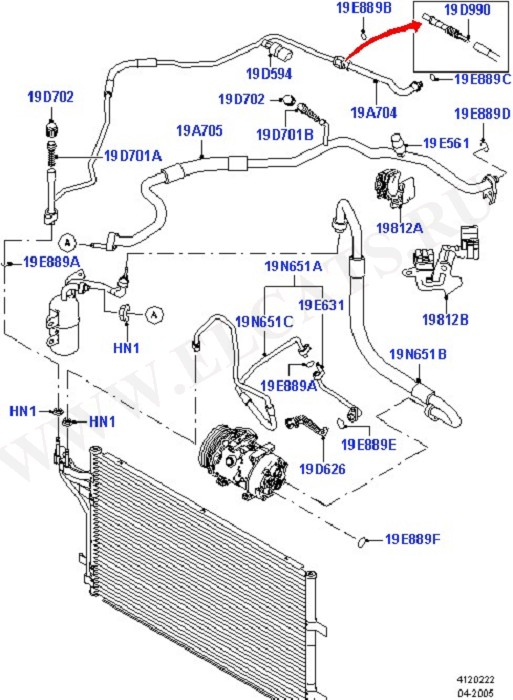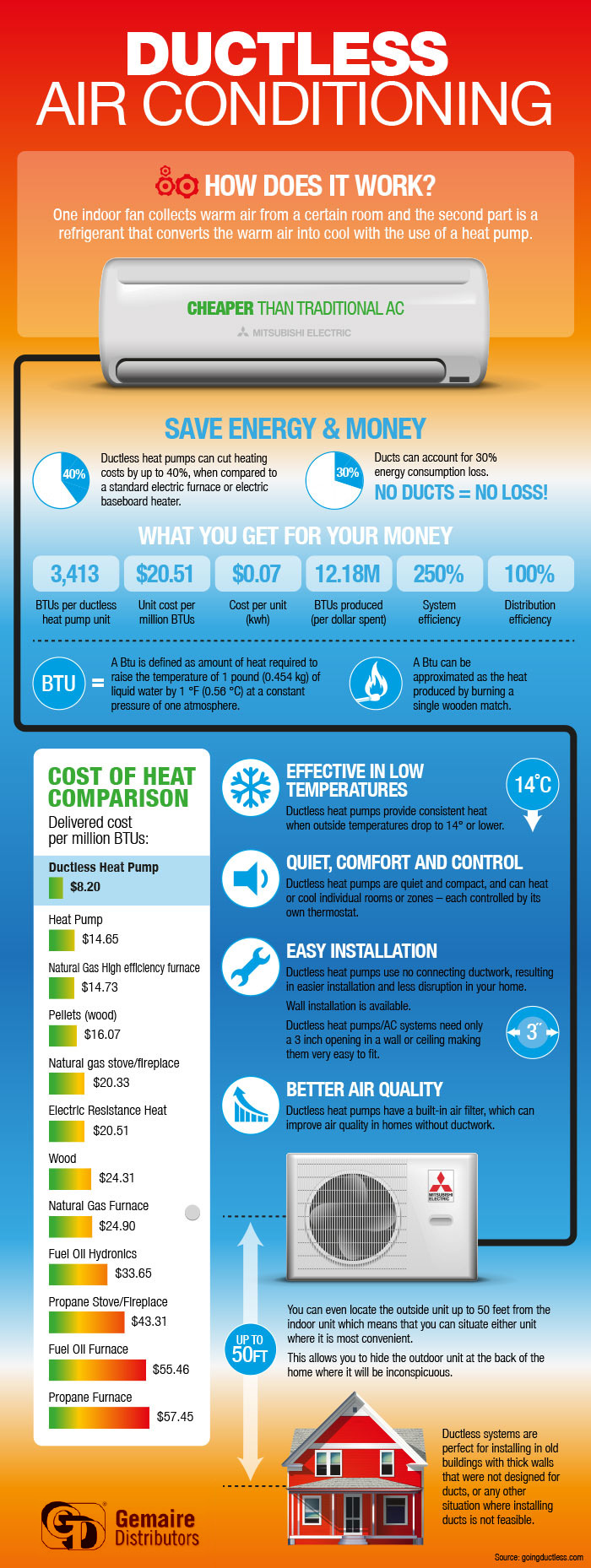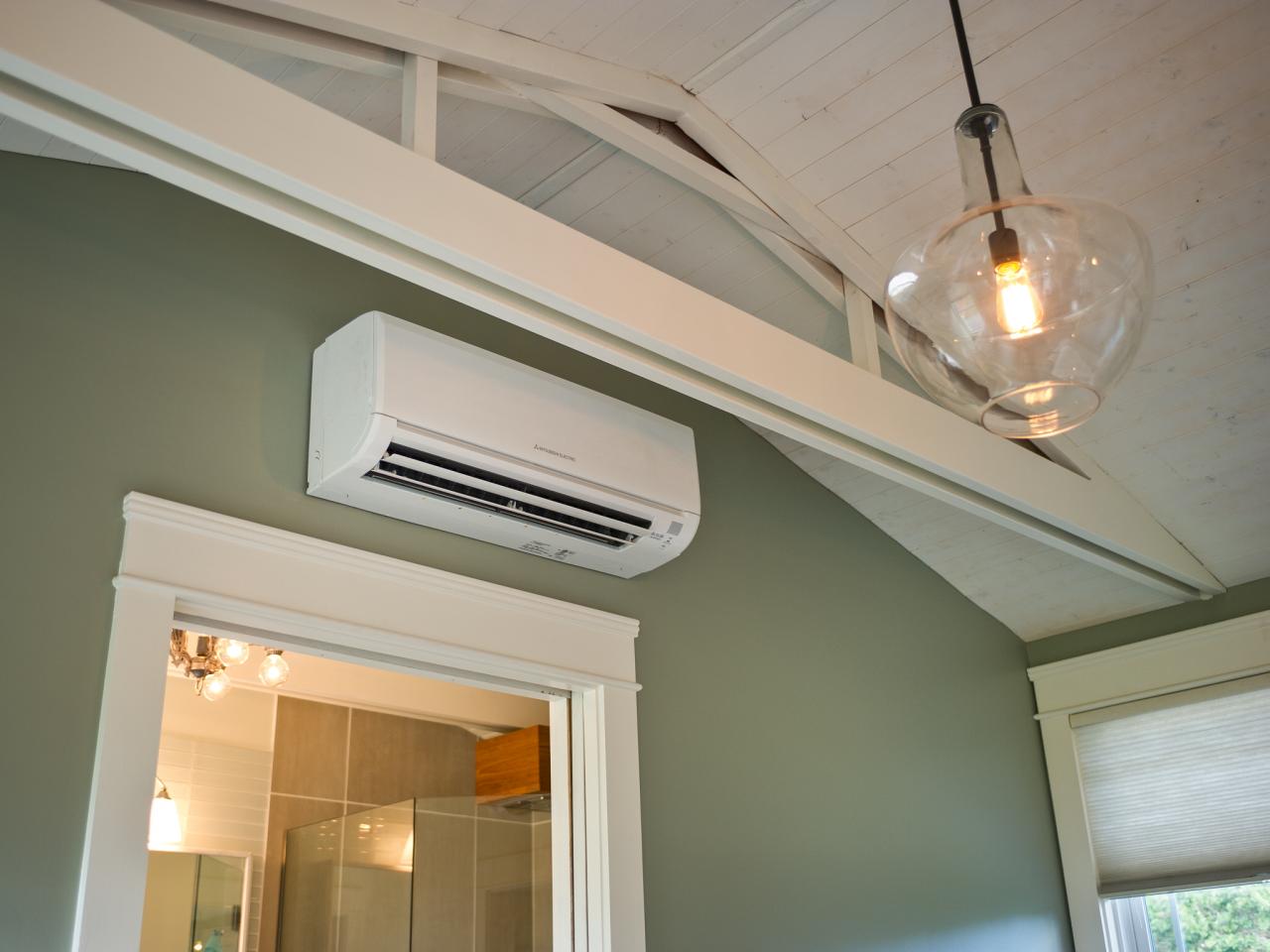If you have actually ever discovered yourself in an area where the air conditioning simply could not appear to stay up to date with the summertime warmth, you may gain from evaluating your area.
Guaranteeing your a/c system is correctly sized and set up calls for focus to essential measurements such as space size, doors and window measurements, ceiling elevation, insulation high quality, and air flow patterns. By understanding these elements, you can optimize your cooling system's efficiency and effectiveness.
Yet how exactly do these measurements influence your air conditioning installment?
Key Takeaways
- Properly determine space measurements for correct system ability and air flow optimization.
- Select energy-efficient doors and windows to boost insulation and reduce warmth transfer.
- Make certain optimal vent positioning and unobstructed air movement for efficient cooling distribution.
- Update insulation to enhance thermal resistance, seal spaces, and boost general system efficiency.
Area Size Measurements
When determining room size for cooling installment, make sure you properly evaluate the dimensions to establish the ideal device capacity. Start by taking into consideration furnishings placement within the room. Furniture can block air flow if placed also close to vents or the a/c unit. To ensure optimal air conditioning effectiveness, organize your furnishings in such a way that advertises proper air movement throughout the area.
In addition, think about the space's format and size when preparing for air flow. Proper air blood circulation is critical for keeping a constant temperature level throughout the area. Bear in mind any kind of barriers that could disrupt the flow of air, such as curtains obstructing vents or huge pieces of furniture obstructing air movement. By assuring appropriate space for air to flow openly, you can take full advantage of the efficiency of your air conditioning system and create a comfortable atmosphere in your home.
Doors And Window Dimensions
To guarantee proper air conditioning installation, assess the dimensions of doors and windows in the space to maximize air movement and cooling down efficiency. When reviewing window and door measurements, consider the following:
- Frame Compatibility: Make sure that the cooling system you choose works with the frames of your doors and windows. Improper fit can result in air leaks and decreased power efficiency.
- Setup: Consider the installation process when choosing an a/c system. Some units might need details window dimensions or additional alterations for proper installment.
- Material Choice: Pick doors and windows made from products that give great insulation to improve energy effectiveness. Properly protected doors and windows can aid preserve a constant temperature in the area.
- Energy Performance: Opt for energy-efficient windows and doors to reduce heat transfer and boost the total performance of your a/c system. Energy-efficient materials can enhance the cooling capacities of your room while lowering power costs.

Ceiling Elevation Analysis
Assessing the elevation of your ceiling is important for establishing the very best positioning of cooling vents for reliable cooling circulation. When assessing your ceiling elevation, make certain to consider the clearance required for both the ductwork and the air conditioning vents. Sufficient ceiling clearance guarantees that the ductwork can be set up appropriately with no obstructions, enabling optimal air movement throughout the space.
Furthermore, appropriate clearance over the vents makes certain that the cooled air can circulate openly with no constraints, bring about even more even cooling in the space.
When planning the placement of ductwork, take into account the elevation of your ceiling to stay clear of any type of concerns with installation or performance. Properly positioned ductwork can assist make the most of the performance of your cooling system and make certain that each space obtains adequate cooling.
Insulation Examination
Examine the insulation top quality to maximize the effectiveness of your a/c system. Correct insulation plays a critical duty in preserving a comfy indoor atmosphere while making the most of power effectiveness. Here are four key points to evaluate when examining the insulation in your space:
- Thermal Resistance: Inspect the R-value of your existing insulation to ensure it meets the recommended standards for your region. Higher thermal resistance shows better insulation top quality, which assists in lowering warmth transfer and maintaining a consistent temperature.
- Insulation Placement: Examine the positioning of insulation throughout your room, concentrating on locations such as walls, ceilings, and floorings. https://millhillacinstallation.co.uk Correctly mounted insulation avoids power wastefulness by reducing warmth exchange with the surrounding setting.
- Securing Spaces: Identify and seal any voids or splits in the insulation to prevent air leakage. Effectively secured insulation boosts power efficiency by keeping impermeable barriers that protect against conditioned air from getting away.
- Upgrading Insulation: Think about upgrading your insulation to more recent, much more energy-efficient products. Updating can enhance thermal resistance, reduce power usage, and improve the general performance of your cooling system.
Air movement Evaluation
Evaluating the airflow within your room is necessary for guaranteeing peak performance of your cooling system. Correct air movement circulation is necessary to keep consistent temperature levels throughout the location. When examining air movement, consider the air flow demands of each area to assure adequate air blood circulation.
To assess air movement circulation, begin by checking for any kind of blockages such as furniture obstructing vents or debris clogging air ducts. Poor air flow can cause inefficient air conditioning and home heating, causing discomfort and raised power expenses. It's important to address any kind of issues quickly to optimize the performance of your cooling system.
Furthermore, recognizing the ventilation needs of various areas in your house or office is key to keeping air high quality and convenience levels. Proper ventilation helps get rid of stagnant air, odors, and pollutants while bringing in fresh outside air. By examining airflow and air flow demands, you can produce a much more comfy and healthy indoor environment for everyone.

Frequently Asked Inquiries
Exactly How Can I Identify the Best Location for My A/c Unit Within the Space?
When finding out the very best area for your AC unit in a space, think about the cooling capability and air flow. Keep the system far from barriers that can block airflow and area it centrally in the area to guarantee also cooling down.
Perfect placement helps disperse cool air efficiently, making best use of the device's performance. Correct positioning can make a considerable distinction in how successfully your ac system cools down the space.
Are There Any Type Of Details Variables to Take Into Consideration When Mounting an A/c Device in a Multi-Level Structure?
When mounting an air conditioning device in a multi-level structure, take into consideration variables like power efficiency, cooling down capability, positioning, and availability.
Ensure the device is purposefully positioned to cool several degrees successfully. Choose a location that enables simple accessibility for repair and maintenance.
Furthermore, review the cooling capacity to make sure it can adequately cool down the entire structure. These factors to consider will certainly aid optimize the performance of your air conditioning system in a multi-level setup.
What Is the Suitable Range In Between the Air Conditioning Unit and Any Type Of Heat-Producing Devices in the Space?
When putting your cooling system, ensure proper ventilation distance from heat-producing devices in the area. This aids with warmth dispersion and stops the a/c from working more challenging to cool the space.
Aim for an excellent range of at the very least 3 feet in between the air conditioning unit and any type of warmth sources like ovens or lights. Maintaining this splitting up will certainly maximize the performance of your air conditioning system and extend its life-span.
Exist Any Kind Of Prospective Dangers That I Should Recognize When Mounting an Air Conditioning System in a Little or Enclosed Space?
When setting up a cooling device in a tiny or enclosed room, be mindful of possible threats. Ensure to address air flow issues to stop air quality problems. Take security preventative measures seriously, particularly with minimal room restrictions.
Understand setup challenges like correct positioning for best performance. Prioritize security and make sure your space is well-ventilated to avoid any kind of risks connected with setting up an air conditioning device in a confined area.
Exactly How Can I Make Certain Appropriate Ventilation for My A/c Unit to Operate Efficiently in an Area With Limited Air Movement?
To optimize air flow for your a/c unit in a room with restricted air flow, guarantee correct air flow by keeping vents clear and unhampered.
Frequently tidy or replace air filters to preserve efficiency.

Think about making use of a follower to assist circulate air and protect against stationary pockets.

Setting the system in an area where air can flow easily, staying clear of cramped spaces.
These actions will certainly assist your a/c operate successfully and cool the room successfully.
Conclusion
Since you have taken vital dimensions for your air conditioning setup, you're one action more detailed to making certain peak air conditioning efficiency in your space.
By properly assessing area dimension, doors and window dimensions, ceiling elevation, insulation, and airflow, you can make educated choices on the best air conditioner system for your requirements.
Bear in mind, appropriate measurements are vital for a successful and efficient cooling installment.
